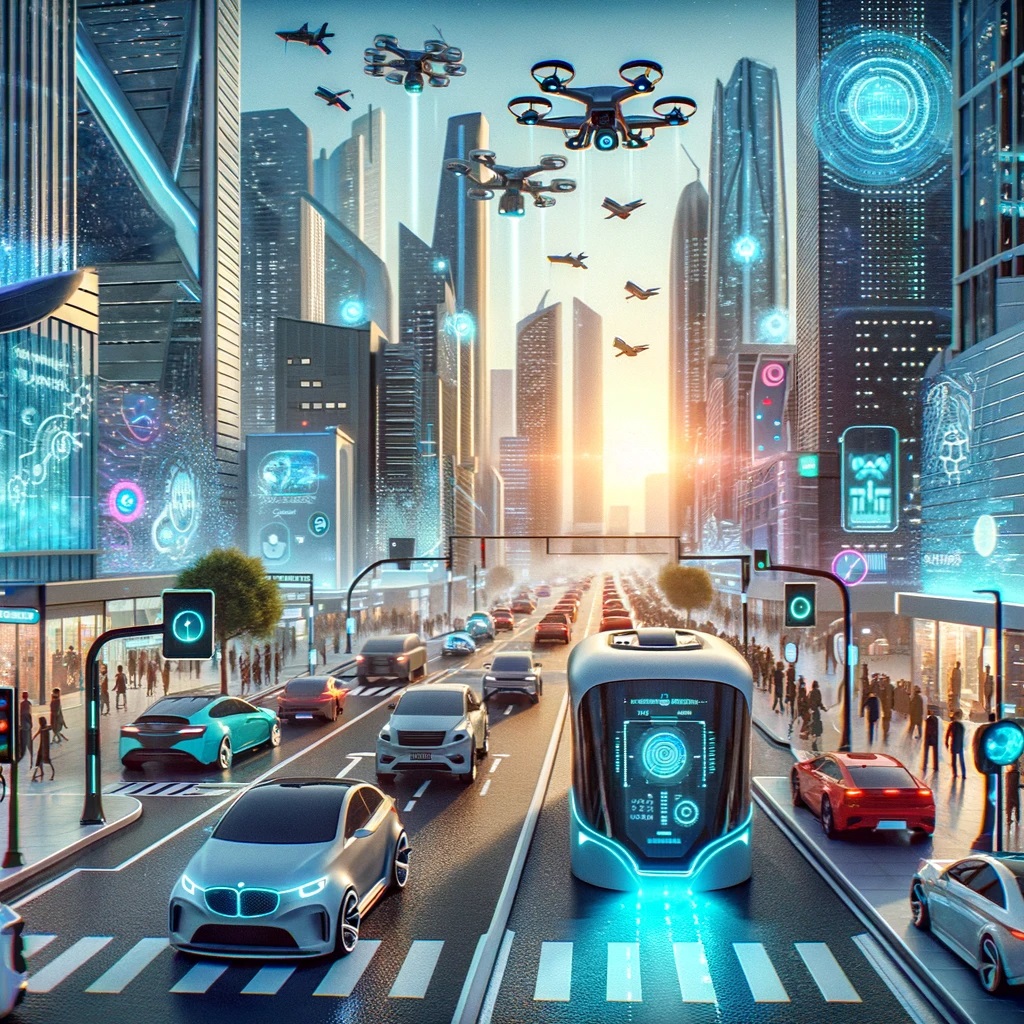As artificial intelligence continues to evolve, its influence on various industries has sparked debates, and the realm of computer-aided design (CAD) is no exception. With the increasing sophistication of AI algorithms, CAD designers are at a crossroads, contemplating the extent to which AI might impact their profession. As we chart the trajectory of CAD design in the context of artificial intelligence, it’s crucial to consider how professionals can adapt and thrive amidst advancing technology.
Use of AI for CAD Designers
Artificial Intelligence (AI) is transforming the landscape of computer-aided design (CAD), bringing about a revolution that could redefine the role of CAD designers. With AI’s ability to learn from data, predict outcomes, and automate complex tasks, CAD designers are finding new ways to enhance their productivity and creativity. Smart algorithms are being integrated into CAD software, providing designers with intelligent tools that can suggest design modifications, optimize product performance, and even generate entire design prototypes with minimal human input. The convergence of AI and CAD is not only speeding up the design process but is also opening up possibilities for more innovative and complex creations.
The implementation of AI in the field of CAD is particularly advantageous as it reduces the margin for error, substantially cuts down on development times, and allows for the efficient use of materials. For CAD designers, AI-driven tools act as advanced assistants that can quickly process vast amounts of data, recognize patterns that would take humans much longer to identify, and propose design solutions that align with ergonomic, aesthetic, and functional requirements. As AI continues to evolve, it is anticipated to handle more sophisticated tasks, streamlining workflows, and providing a competitive edge to those who embrace its capabilities within the realm of CAD design.
The potential for AI to replace CAD Designers
The integration of artificial intelligence (AI) into the field of computer-aided design (CAD) is revolutionizing the way CAD designers work. Sophisticated AI algorithms are now capable of automating various tasks that were traditionally performed manually by design professionals. By leveraging machine learning, AI can analyze design patterns, optimize workflows, and even suggest design modifications, thereby enhancing efficiency and potentially reducing the need for human intervention in certain aspects of the design process. The ability of AI to rapidly generate and iterate upon complex designs is one significant advancement that stands to impact the role of CAD designers across industries, from architecture to engineering, and beyond.
How can AI enhance the precision of CAD designs?
In the realm of Computer-Aided Design (CAD), the integration of Artificial Intelligence (AI) is revolutionizing the precision and efficiency of design processes. AI applications in CAD are not only expediting the creation of complex designs but also significantly improving their accuracy. By leveraging machine learning algorithms, AI can analyze vast datasets to predict and suggest design changes, offering real-time solutions that minimize errors. This enables designers to focus on innovation while AI handles the intricacies of geometric calculations and tolerances, ensuring the exactness that is essential in fields such as aerospace, architecture, and automotive design.
What role do CAD Designers play in supervising AI-generated designs?
CAD Designers, short for Computer-Aided Design Designers, occupy a critical role in the integration and supervision of AI-generated designs. With the burgeoning advancements in artificial intelligence, CAD Designers are no longer limited to manual design processes; they are pivotal in overseeing the accuracy and feasibility of designs produced by AI software. Their expertise is essential for interpreting and refining AI suggestions, ensuring that the final designs align with practical engineering principles, client specifications, and industry standards. The blend of a CAD Designer’s creative problem-solving skills with the efficiency of AI leads to innovative design solutions that can be developed faster and with higher precision.
As custodians of the design process, CAD Designers must stay abreast of the latest AI tools that complement their work in order to harness their full potential. While AI can significantly speed up the design process by generating multiple iterations in quick succession, it requires the skilled eye of a CAD professional to quality check and adapt these designs for real-world applications. They must validate structural integrity, functional viability, and material compatibility, tasks that AI on its own cannot yet fully comprehend. Thus, CAD Designers serve as the crucial link between the raw computational power of AI and the nuanced requirements of tangible, functional design products.
Are there ethical considerations in allowing AI to design critical structures?
The integration of Artificial Intelligence (AI) in the field of structural engineering is revolutionizing the way critical structures are designed. AI algorithms can analyze massive datasets quicker than human engineers, identifying patterns and solutions that may not be immediately obvious. This technological advance raises a pivotal question: what are the ethical implications of entrusting AI with the responsibility of designing buildings, bridges, and other structures upon which human safety critically depends? As AI systems become more deeply involved in creating blueprints for critical infrastructures, the consideration of such ethical dimensions becomes increasingly crucial.
Allowing AI to design critical structures prompts a thorough examination of accountability, safety, and long-term reliability. While AI can significantly enhance efficiency and innovation in design processes, reliance on these intelligent systems also brings potential risks. There are concerns about whether AI-designed structures can adapt to unforeseen circumstances or whether they will meet the rigorous safety standards traditionally upheld by human expertise. Consequently, industry professionals and ethicists alike are calling for rigorous oversight and clear ethical guidelines to ensure that the implementation of AI in structural design aligns with public safety interests and adheres to established engineering ethics.







